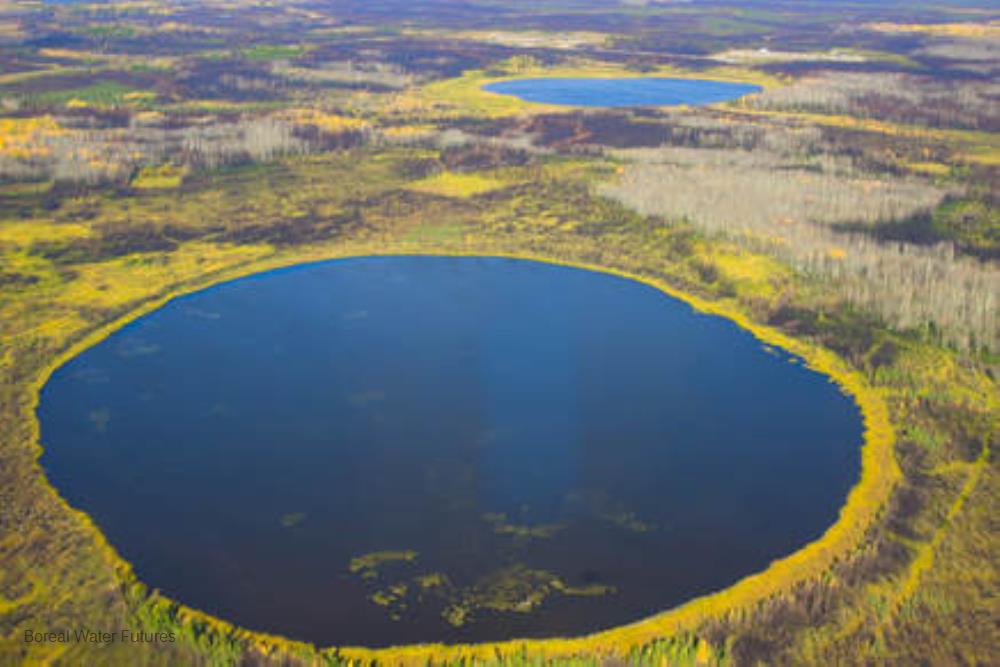
Related items loading ...
Section 1: Publication
Publication Type
Thesis
Authorship
Moalemi, Ida
Title
A Machine Learning Approach to Classify Open Water and Ice Cover on Slave River Delta
Year
2023
Publication Outlet
Scholars Commons Laurier - Theses and Dissertations
DOI
ISBN
ISSN
Citation
Moalemi, Ida (2023) A Machine Learning Approach to Classify Open Water and Ice Cover on Slave River Delta, Scholars Commons Laurier - Theses and Dissertations,
https://scholars.wlu.ca/etd/2598
Abstract
Seasonal temperature trend and ice phenology in Great Slave lake (GSL), are strongly influenced by warmer inflow from Slave river. The Slave river flows to GSL through Slave river delta (SRD), bringing a rise in temperature that triggers the ice break-up process of the lake. Slave river discharge is subject to multiple stressors including climate warming and upstream water activities, which in turn, directly affects the GSL break-up process. Consequently, monitoring the break-up process at SRD, where the river connects to the lake, serves as an indicator to better understand the cascading effects on GSL ice break-up. This research aims to develop random forest (RF) models to monitor the SRD ice break-up processes, using a combination of satellite images with optical sensors at high spatial resolution, including Landsat-5, Landsat-8, Sentinel-2a, and Sentinel-2b. The RF models were trained using manually selected training pixels to classify ice, open water, and cloud within the SRD. The break-up start period is defined by minimum and maximum thresholds of 60% and 90% on ice fraction, which are a trade-off between maximizing the available images and not including images that are taken after the break-up start. The results show high variability in the rate of break-up within delta using images in recent years with better temporal resolution. Furthermore, a statistically significant trend is observed from 1984 to 2023 using the Mann-Kendall test, with a p-value of 0.05. This study is of great significance to northern and high latitude communities who rely on lake ice for activities such as transportation, and sustenance. Moreover, the break-up of the delta plays a pivotal role in supplying nutrients and sediments, and also in the occurrence of spring flooding. Therefore, the outcomes of this study can be leveraged to shape effective water resource management policies based on the regional characteristics of climate and hydrological patterns.
Plain Language Summary


 GWFNet
GWFNet Master
Master Data
Data Research
Research Map
Map
 Advanced
Advanced Tools
Tools
 . . .
. . .
 Metadata Editor
Metadata Editor
 Record List
Record List
 Alias List Editor
Alias List Editor
 Legacy sites
Legacy sites